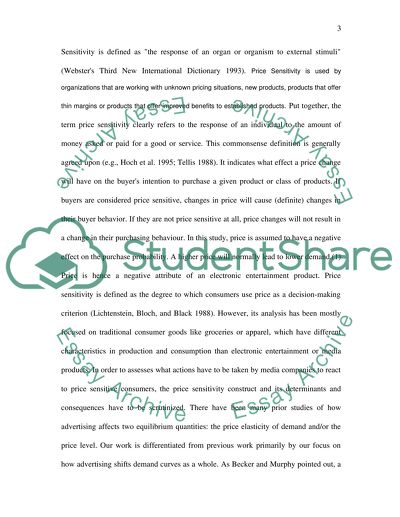Cite this document
(“Situational Price Sensitivity in Marketing Essay”, n.d.)
Retrieved from https://studentshare.org/miscellaneous/1503164-situational-price-sensitivity-in-marketing
Retrieved from https://studentshare.org/miscellaneous/1503164-situational-price-sensitivity-in-marketing
(Situational Price Sensitivity in Marketing Essay)
https://studentshare.org/miscellaneous/1503164-situational-price-sensitivity-in-marketing.
https://studentshare.org/miscellaneous/1503164-situational-price-sensitivity-in-marketing.
“Situational Price Sensitivity in Marketing Essay”, n.d. https://studentshare.org/miscellaneous/1503164-situational-price-sensitivity-in-marketing.


